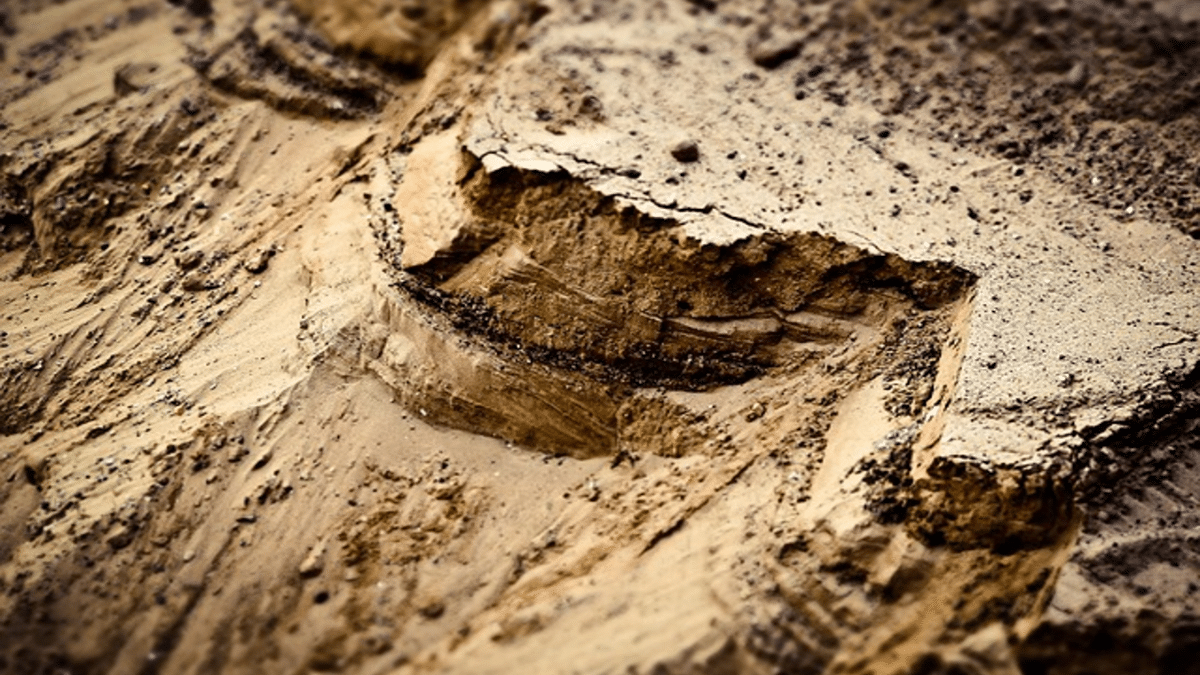If you’re in the building industry, or you’re getting ready to plan a first-time build on your property, then you’ll know that there are a bunch of different soil and ground tests to do. One of the more common of these is permeability testing.
Also known as infiltration testing, the permeability analysis process forms a crucial part of the required soil testing Melbourne builders and developers must comply with. What is permeability testing? Why is it essential for your new build? This post answers these questions.
Contents
Permeability Testing Is More Important Than You Think
Whether your engineer refers to this test as permeability or infiltration, the process involves assessing how water drains through the proposed site’s soil. For the most part, Australian councils require these tests to be conducted before building permits for stormwater disposal systems are issued. Here’s a closer look at what you need to know about these tests as you’re planning your build.
1. Understanding Permeability Testing
Essentially, permeability testing is conducted on-site and measures the rate at which water soaks into the ground. The goal here is to identify how easily stormwater can be absorbed around the build. Results will help your engineering team determine the most suitable type of stormwater system to install for managing excessive runoff.
This is essential in areas where you’re building for the first time, or where there are no existing drainage systems. Understanding how well the soil drains can prevent flooding and long-term damage to your building’s foundations.
Permeability testing is required for any of the following planned additions to your residential or commercial property:
- Stormwater management system
- Rain garden
- Bioretention basin
- Absorption trench
Typically, all applications involving the general disposal or on-site detention of stormwater or other excessive water may require an infiltration test. Consult with your local geotechnical firm for clarification if you’re planning a first build or you’re adding an extensive water application.
2. Knowing What Permeability Testing Involves
If you’ve never had any soil tests done, you may be wondering what the process involves. It’s worth pointing out that not all soil tests are done the same way. For starters, some are performed on site while others involve collecting soil samples and analysing them in a laboratory.
All geotechnical soil assessments are done according to regulated industry standards. The process generally starts with your geotechnical team excavating a small borehole. After that, the area is completely saturated as it would be in heavy rainfall. The team then assesses how long it takes for the water to drain.
Testing the drainage time frame is based on the type of site and the local regulations. One of two options can be applied:
- Constant head method: Coarse-grained soil samples (such as gravel and sand) are collected and analysed in a laboratory. A constant water level is maintained for a specific period to assess how effectively drainage happens.
- Falling head method: Finer-grained soils (such as silts and clays) generally have a lower absorption rate. To test infiltration, water flows onto the sample through a standpipe. The rate at which the water falls over a specific time is calculated to determine the soil’s permeability.
Engineers, planners, and your building team will be able to use the results to design and build the most effective drainage system for your build. They also need to factor in the runoff and how potential water pooling can affect your foundation and building structure.
3. Understanding Why Permeability Testing is Essential
There are a few very good reasons why permeability testing is essential for your new build. In addition to being a legal requirement, comprehensive testing identifies several risk factors associated with drainage.
A few of the more common risks you can avoid include the following:
- Poorly draining soil can lead to excessive pooling, which can lead to structural instability in your foundations, driveways, and parking areas.
- Soil that drains too fast is referred to as highly permeable soil and can hamper adequate support for vegetation in proposed crop fields or rain gardens.
- Having to redesign your drainage system can be costly and cause delays in your building timeline.
The last thing any developer or property owner wants to deal with is the cost of having to repair or rebuild a structure that becomes unstable after the first major storm. Avoid this by enlisting a professional geotechnical team well-versed in the local laws, as well as having extensive knowledge on adjusting plans to accommodate the results of an infiltration test.
Final Thoughts
Permeability testing is a crucial part of any new build. Liase with your local geotechnical team for a list of the tests required. These will ensure that your structure is built on a safe and sturdy foundation.
Additional plans can be made to design the safest and most effective ways to keep excessive water from pooling or flooding on your property. Permeability testing will also help to ensure that your building meets local regulations, eliminating any potential issues down the road.

